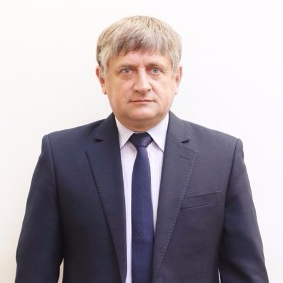Monitoring of Cutting Process and Tool Condition of Metal and Metal Composite
A special issue of Materials (ISSN 1996-1944). This special issue belongs to the section "Manufacturing Processes and Systems".
Deadline for manuscript submissions: closed (20 March 2023) | Viewed by 20457
Special Issue Editors
Interests: machining; monitoring and diagnosis of the cutting process; high-speed machining
Interests: surface metrology; topography; coordinate measuring technique; computed tomography; scanning
Special Issues, Collections and Topics in MDPI journals
Special Issue Information
Dear Colleagues,
Machining is used widely in various industries, and machine parts with high precision must be obtained and employed. This is an important process that is present in every aspect of the machine industry. The development of machining and machining machines leads to the highest geometric accuracy and to the required physical properties on the surface layer. Due to the use of advanced tool materials, tools, or progressive machinery parks, machining methods have improved, and the new approach to machining now gives a satisfactory effect.
The most common construction materials used in machining are steel and cast iron. The role of these materials, however, is shrinking because of advanced, difficult-to-cut materials such as composites.
Tool life is significantly smaller with composite materials than with conventional materials, whereas the machining of composite materials can affect surface roughness and have various technological effects. During surface layer formation of composite materials, the random factor is relevant, and so are monitoring systems which can assess the machining process and tool life, as well as the technological effects in real-time machining. Such systems are based on acoustic emission, cutting forces, vibrations, noise, or temperature signals. Because of these signals, extraction of appropriate features and identification of the process and tool state is possible. Reduction of downtime and costs can be achieved using optimization processes.
Composites and particularly metal matrix composites are difficult-to-cut materials, as mentioned above. Therefore, monitoring systems should significantly improve the technological effects, process efficiency, and reduce costs.
We kindly invite you to submit a manuscript(s) to this Special Issue. Full papers, communications, and reviews are all welcome
Prof. Dr. Paweł Twardowski
Prof. Michal Wieczorowski
Guest Editors
Manuscript Submission Information
Manuscripts should be submitted online at www.mdpi.com by registering and logging in to this website. Once you are registered, click here to go to the submission form. Manuscripts can be submitted until the deadline. All submissions that pass pre-check are peer-reviewed. Accepted papers will be published continuously in the journal (as soon as accepted) and will be listed together on the special issue website. Research articles, review articles as well as short communications are invited. For planned papers, a title and short abstract (about 100 words) can be sent to the Editorial Office for announcement on this website.
Submitted manuscripts should not have been published previously, nor be under consideration for publication elsewhere (except conference proceedings papers). All manuscripts are thoroughly refereed through a single-blind peer-review process. A guide for authors and other relevant information for submission of manuscripts is available on the Instructions for Authors page. Materials is an international peer-reviewed open access semimonthly journal published by MDPI.
Please visit the Instructions for Authors page before submitting a manuscript. The Article Processing Charge (APC) for publication in this open access journal is 2600 CHF (Swiss Francs). Submitted papers should be well formatted and use good English. Authors may use MDPI's English editing service prior to publication or during author revisions.
Keywords
- metal composite
- physical and chemical properties
- machinability
- monitoring and diagnostics
- surface roughness







